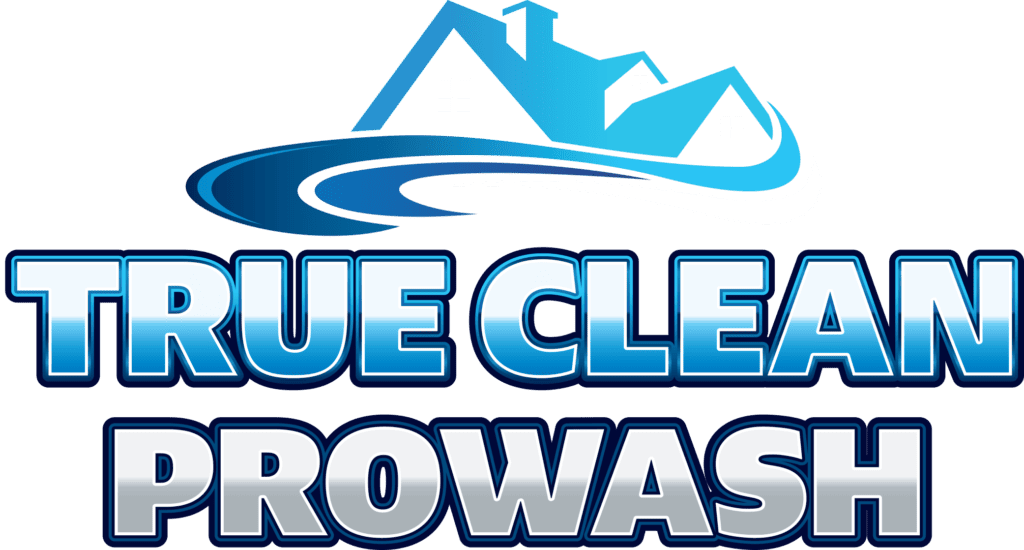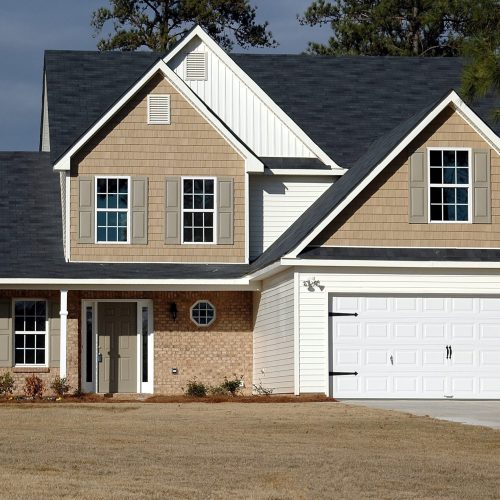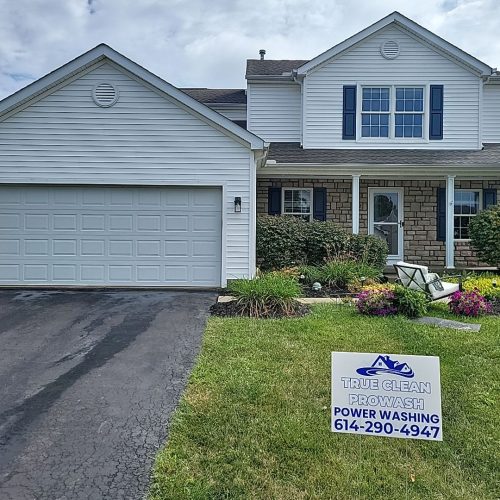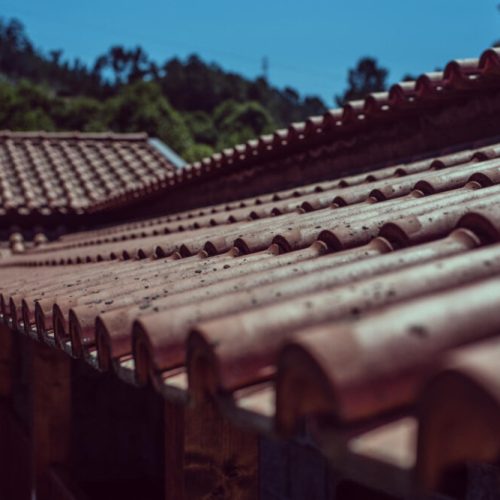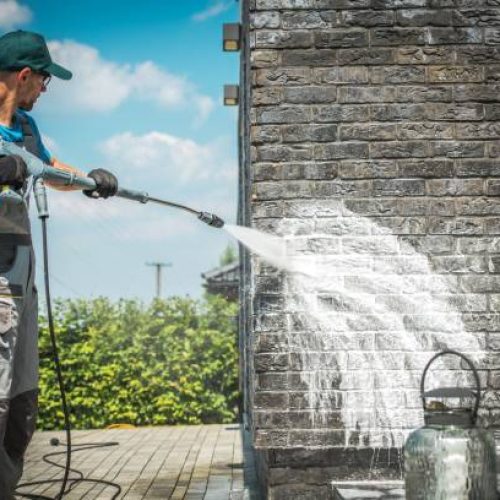Pressure Wash House: A Comprehensive Guide
Are you looking to give your house a deep cleaning? Pressure wash house can be an effective way to restore the exterior of your home with minimal effort. With this comprehensive guide, you will learn about everything from selecting the right pressure washer and setting up safety measures to choosing the correct cleanser for different types of surfaces. Find out all that is required for a successful pressure washing experience and get ready to revolutionize the look of your space!
What is Pressure Washing and How Does it Work?
Pressure washing, also known as power washing, is a cleaning method that utilizes a high-pressure water spray to remove dirt, grime, mold, and other unsightly substances from surfaces. The process involves a motorized machine that pumps out water at a high velocity, capable of tackling stubborn stains and build-up that traditional cleaning methods might struggle with.
The working principle of a pressure washer is quite straightforward. It draws water from a source (like your garden hose), which then gets pressurized within the machine. This high-pressure water is directed through a spray wand, and when aimed at a surface, the force of the water dislodges dirt, grime, and other debris. The result is a deeply cleaned surface that is often visibly brighter and cleaner. Whether you’re tackling concrete, wood, or house siding, pressure washing can provide a thorough and efficient cleaning.
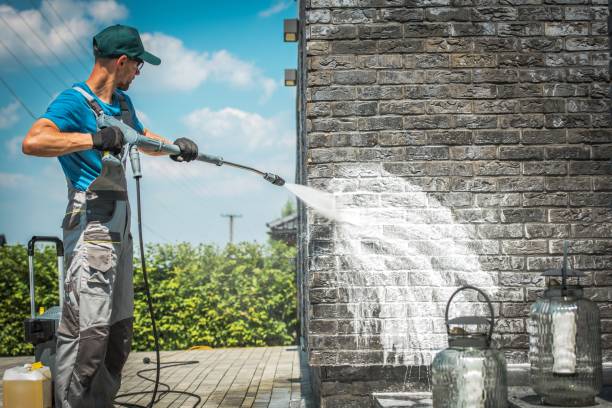
Benefits of Pressure Washing Your House
Pressure washing your house comes with numerous benefits, enhancing both the aesthetic appeal and structural integrity of your home.
- Revitalizes Exterior Appearance: Pressure washing can drastically improve the look of your home by removing layers of dirt, grime, and mildew that may have accumulated over time. This restoration often results in brighter, more vibrant exterior colors.
- Increases Property Value: A clean, well-maintained home can significantly boost your property’s market value. Regular pressure washing is a cost-effective way to maintain your home’s curb appeal, making it more attractive to potential buyers.
- Prevents Damage: Over time, substances like mold, algae, and bird droppings can cause damage to your home’s exterior. Pressure washing helps prevent these materials from degrading your home’s siding, roof, or concrete surfaces.
- Health Benefits: By eliminating mold, pollen, and other allergens, pressure washing can contribute to a healthier home environment. This can be particularly beneficial for those with allergies or respiratory issues.
- Preparation for Renovations: If you plan to paint or refinish your home’s exterior, pressure washing provides a clean slate, ensuring maximum adhesion and a smoother application of paints and stains.
Preparing for a Pressure Washing Session
Before embarking on your pressure washing project, it’s essential to take a few preparatory steps to ensure the safety and effectiveness of your cleaning session.
- Safety Measures: Always wear protective gear, including safety glasses, closed-toe shoes, and long pants. Never point the pressure washer at people, animals, or windows, as the high-pressure water can cause injury or damage.
- Cover External Outlets and Fixtures: Protect your outdoor electrical outlets, light fixtures, and landscaping plants by covering them with waterproof materials such as plastic sheeting or tarp.
- Choose the Right Nozzle: Pressure washers come with different nozzles, each producing a different water pressure level. For most house cleaning, a 40-degree nozzle (usually color-coded white) is appropriate. It provides a wide spray that is less likely to damage surfaces.
- Test on an Inconspicuous Area: Before you start washing your house, it’s a good idea to test the power washer on a small, hidden area. This allows you to make sure the pressure isn’t too strong and won’t damage the surface.
- Weather Conditions: Lastly, check the weather forecast. You want to aim for a mild, dry day as wind can complicate the washing process, and rain can reduce the effectiveness of certain cleaning solutions.
With these steps, you can ensure a safe and efficient pressure washing session for your home.
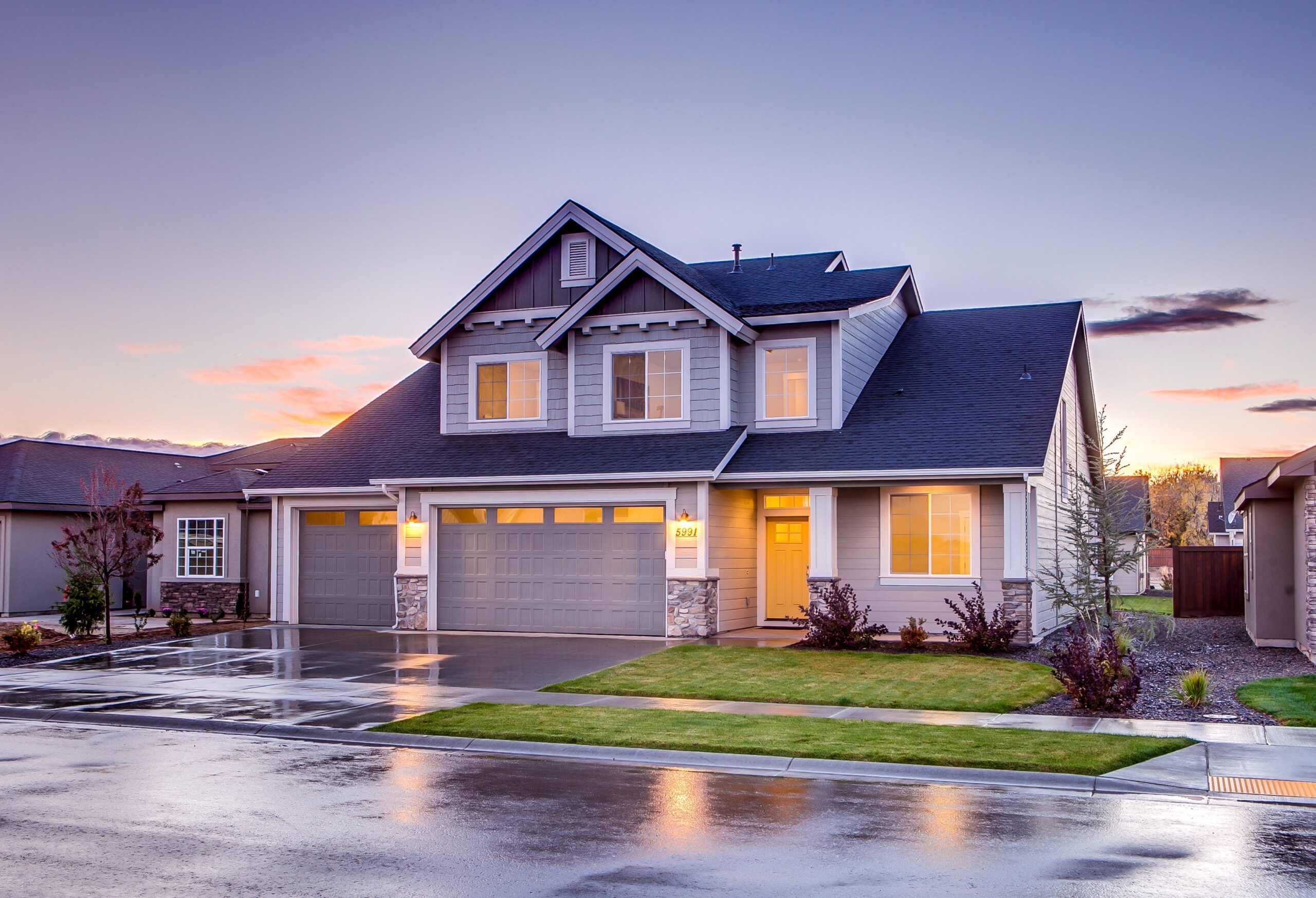
Selecting the Right Equipment and Detergents
Choosing the correct equipment and detergents is crucial for a successful pressure washing session.
- Selecting the Pressure Washer: The two primary types of pressure washers are electric and gas-powered. Electric models are lighter, quieter, and ideal for smaller jobs, like cleaning patio furniture or a small deck. On the other hand, gas-powered washers are more robust and suitable for larger, more extensive cleaning tasks like washing an entire house exterior.
- Choosing the Detergent: The choice of cleanser depends on the surface being cleaned. For exteriors with mold or mildew, opt for detergents with a mildewcide. Wood cleaners are best for wooden surfaces, while multi-purpose cleaners work well for a variety of materials. Always ensure the detergent is safe for the surface you are cleaning, and follow the manufacturer’s instructions for dilution and application.
- Accessories: Depending on your needs, you might require additional accessories. Long extension wands can help reach high areas, while surface cleaners are great for large flat areas like driveways.
Remember, the right tools and products can make the difference between a pressure washing job that is merely adequate and one that is truly outstanding.
Step-by-step Guide to Pressure Washing
- Safety First: Put on your safety gear, and ensure that all surroundings (like outdoor outlets and plants) are appropriately covered or protected.
- Set Up Your Equipment: Connect your pressure washer to a water source, like your garden hose. Attach the appropriate nozzle to your spray wand.
- Prepare the Detergent: If using detergent, prepare it according to the manufacturer’s instructions and load it into the detergent dispenser.
- Test the Pressure: Start with a low-pressure setting and test the washer on an inconspicuous area. Adjust the pressure as needed.
- Apply Detergent: With the pressure washer in a low-pressure setting, apply the detergent to your house. Start from the bottom and work your way up to prevent streaking.
- Let It Sit: Allow the detergent to sit for 5-10 minutes. Don’t let it dry out; mist it with more detergent if needed.
- Rinse Off: Rinse the detergent off your house, starting from the top and working your way down. Use a high-pressure setting for this.
- Let Dry: Wait for your house to dry before proceeding with any other exterior work, like painting.
Remember: Always refer to your pressure washer’s user manual for specific instructions and safety guidelines.

Common Mistakes to Avoid When Pressure Washing Your House
When pressure washing your house, certain mistakes can lead to damage or ineffective cleaning. Here are some common errors to avoid:
- Using Too Much Pressure: Excessive pressure can damage the surface you’re cleaning, leading to scarring of wood or chipping of paint. Always start with a lower pressure and gradually increase it as needed.
- Not Protecting Surroundings: Not covering plants, outdoor furniture, or electrical outlets might lead to unnecessary damage. Always cover or move these items before starting your pressure washing session.
- Ignoring the Manufacturer’s Instructions: Skipping the instructions provided by the equipment or detergent manufacturer can result in ineffective cleaning, damage, or safety hazards. Always read and follow all guidelines and recommendations.
- Washing in the Wrong Order: Cleaning from the top down prevents streaking. If you start washing from the bottom up, the detergent can streak as it drips down your home’s exterior.
- Not Allowing Detergent to Sit: Detergents need time to break down dirt and grime. Not giving the detergent enough time to sit can reduce the effectiveness of your cleaning.
By avoiding these common mistakes, you can ensure a successful and safe pressure washing session.
Pressure washing your house is an effective way to clean and refresh its exterior. With the right equipment, detergents, and techniques, you can bring back the shine and curb appeal of your home. Remember to prioritize safety, test on inconspicuous areas before proceeding with larger surfaces, and avoid common mistakes that can lead to damage or ineffective cleaning. Now it’s time to grab your pressure washer and get started on giving your home a fresh, clean look. Happy cleaning!
True Clean Prowash
https://www.google.com/maps?cid=14312876769318459700
4694 Cemetery Rd #304, Hilliard, OH 43026
(614) 290-4947
truecleanprowash.com
